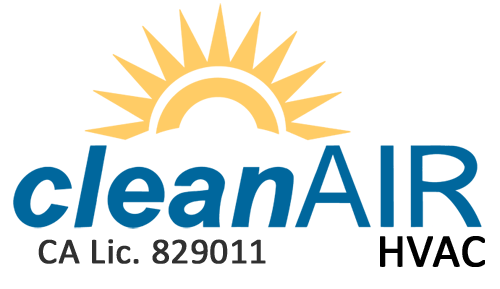
You shouldn’t need to give up comfort or empty your wallet to keep your residence at a refreshing temp during the summer.
But what is the right temp, exactly? We go over suggestions from energy pros so you can select the best setting for your family.
Here’s what we suggest for the most energy-efficient setting for air conditioning in Pacheco.
Recommended Thermostat Settings for Summer
Most households find setting the thermostat at 72-73 degrees provides ideal comfort. However, if there’s a big difference between your interior and exterior warmth, your cooling expenses will be higher.
This is our advice based on the U.S. Department of Energy (DOE) and ENERGY STAR®.
While at home: 78 degrees. While that appears too high, there are ways you can keep your home refreshing without having the AC on constantly.
Keeping windows and curtains shut during the day keeps chilled air where it needs to be—inside. Some window coverings, including honeycomb shades or plantation shutters, are made to provide extra insulation and better energy efficiency.
If you have ceiling fans in your residence, the DOE says you can raise thermostat settings about 4 degrees hotter without compromising comfort. That’s because they refresh with a windchill effect. Because they cool people, not rooms, turn them off when you move from a room.
If 78 degrees still feels too uncomfortable on the surface, try running a test for a week or so. Get started by raising your thermostat to 78 degrees while you’re home. Then, gradually lower it while using the advice above. You could be shocked at how cool you feel at a higher temperature setting.
While away: 88 degrees. There’s no rationale for keeping the AC running all day while your residence is vacant. Turning the temp 7–10 degrees warmer can save you an estimated 5–15% on your AC costs, according to the DOE.
When you get home, don’t be tempted to put your thermostat under 78 to cool your residence more quickly. This isn’t useful and typically produces a bigger cooling cost.
A programmable thermostat is a good method to keep your temperature controlled, but you have to set programs. If you don’t utilize programs, you risk forgetting to increase the set temperature when you take off.
If you want a handy remedy, consider buying a smart thermostat. This thermostat works with with your phone, so it knows when you’re at your residence and when you’re out. Then it instinctively modifies temperature settings for the best savings. How much exactly? An estimated $180 yearly on heating and cooling, according to ENERGY STAR.
Another benefit of having a smart thermostat? You can use your phone to watch and change temperature settings from just about anywhere.
While sleeping: Around 70 degrees. While ENERGY STAR suggests 82 degrees, that may be unbearable for most families. Many people sleep better when their bedroom is cold, so that’s why the National Sleep Foundation recommends 60–67 degrees. But that could be too cold, due to your clothing and blanket preference.
We recommend running a similar test over a week, setting your temp higher and progressively turning it down to select the right temperature for your residence. On mild nights, you could learn keeping windows open at night and using a ceiling fan is a better idea than running the air conditioning.
More Approaches to Use Less Energy During Hot Weather
There are additional ways you can spend less money on energy bills throughout the summer.
- Install an energy-efficient AC system. Central air conditioners only last about 12–15 years and become less efficient as they get older. A new air conditioner can keep your house cooler while keeping electricity expenses down.
- Book regular air conditioner tune-ups. Routine air conditioner maintenance keeps your unit working properly and could help it run at greater efficiency. It might also help lengthen its life expectancy, since it allows techs to discover seemingly insignificant problems before they create a major meltdown.
- Put in new air filters frequently. Follow manufacturer instructions for changing your air filter. A dusty filter can result in your system short cycling, or turn on and off too frequently, and increase your utility.
- Inspect attic insulation levels. Almost 90% of residences in the United States don’t have enough insulation, according to the Insulation Institute. Most southern climates should have 13–14” of attic insulation, while northern climates require 16–18”.
- Have your ductwork checked. Ductwork that has come apart over time can let cold air into your attic, walls or crawl space. This can lead to major comfort problems in your home, like hot and cold spots.
- Seal holes, doors and windows. Keep hot air in its place by sealing cracks. You can also caulk or weather strip doors to trap more conditioned air inside.
Save More Energy This Summer with Clean Air HVAC
If you need to conserve more energy during warm weather, our Clean Air HVAC experts can help. Get in touch with us at 925-233-6238 or contact us online for more details about our energy-saving cooling products.


